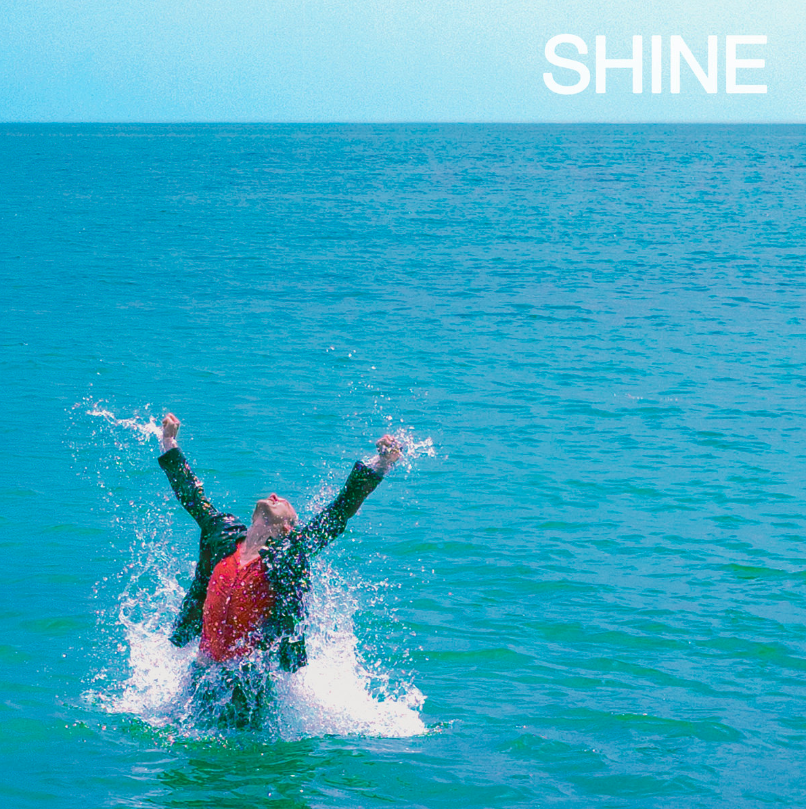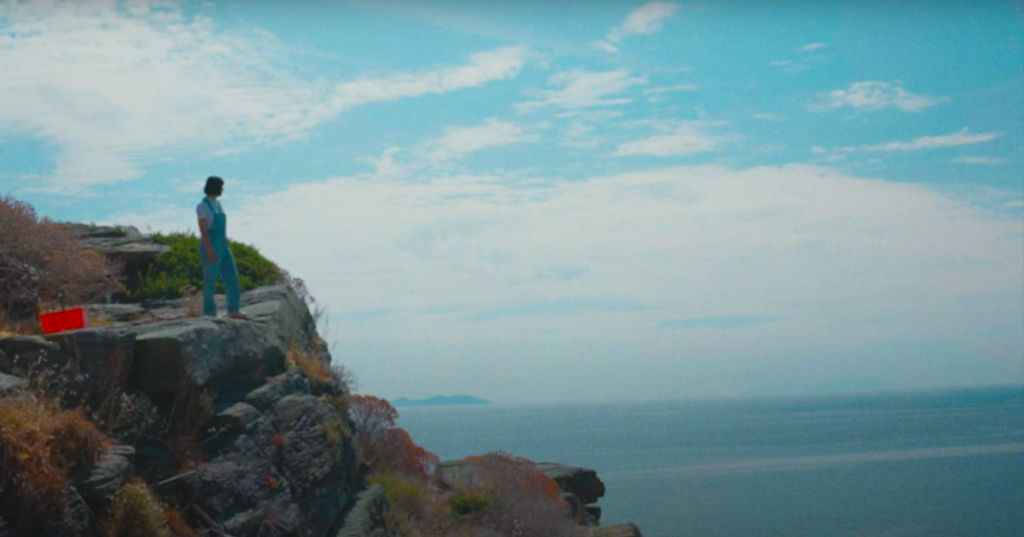
Artloft had the privilege of getting a curbside interview with poet, artist and singer Sean Nicholas Savage to discuss his first film, The Plumber. Shot in the Aegean Islands, it stars Stella Chronopoulou, Dimitris Rokos, Johnny Labelle, Noda Pappa and Savage himself.
The 30-minute feature was released in Sept. 2024 and screened at Cinema Moderne in Montreal’s Plateau neighbourhood.
Fresh off the screening, Savage agreed to sit down for an impromptu interview while clusters of the audience smoked outside around us on a crispy cool autumn evening.
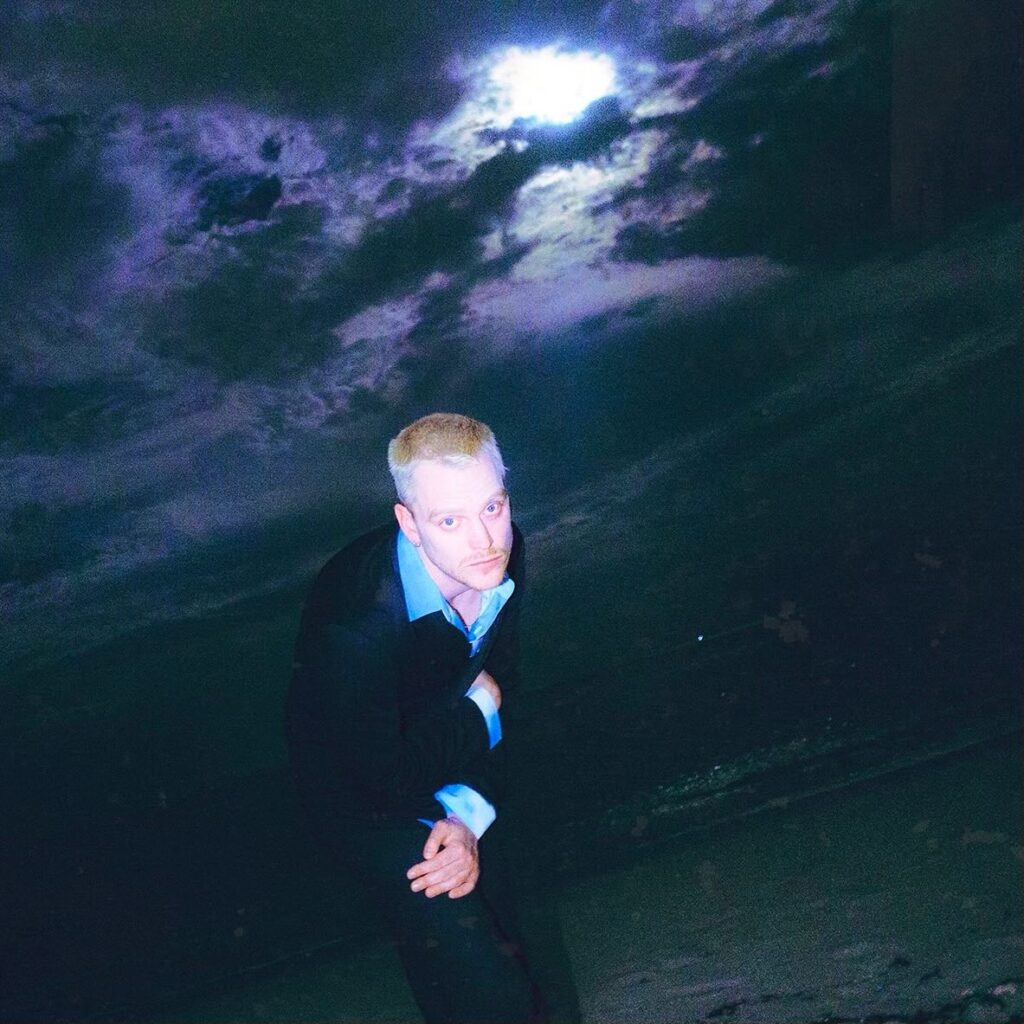
ARTLOFT: Well, how do you feel?
The movie was only finished recently and I feel really happy about it. Very relieved and grateful for the movie.
ARTLOFT: How long was the editing process?
There were two different edits and they were both really quick. Everything’s been really rushed and there’s never enough time so…that’s probably why there were two but the second one was just finished.
ARTLOFT: How long was the shooting?
That was like about a week, a little more than a week. We did all of it on Sifnos except the beginning, that was on Tinos, which is very close. Tinos was the location where we shot on the boat.
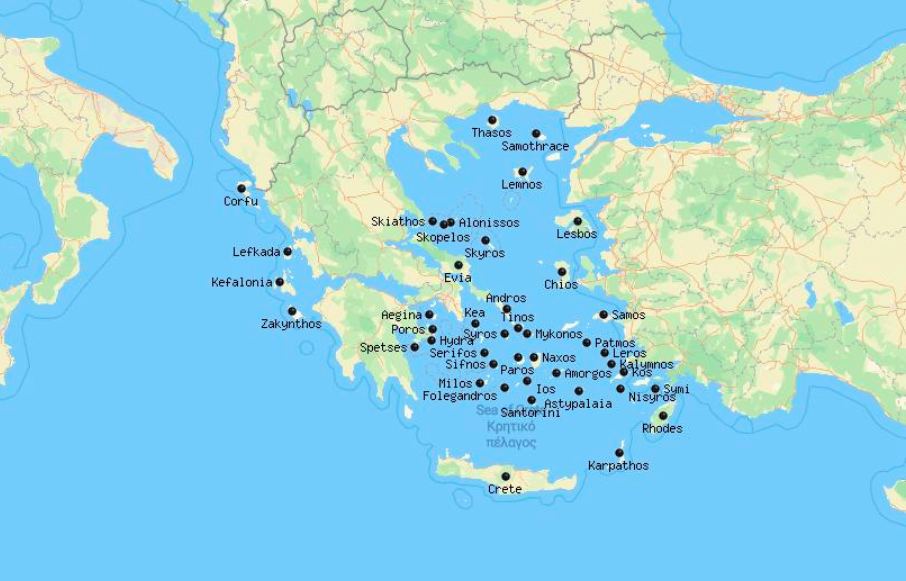
ARTLOFT: Which was the opening shot, great opening shot, bold opening shot. Now, the final cut is around 30 minutes, how long was it originally?
Well I tried to get a lot of B-roll and everything, I definitely wanted the movie to be longer. I really like slow, moody, films. But in the end, most of what we cut was just alternate takes and stuff. Because it’s a musical, certain scenes you just can’t cut and that was another stressful thing about shooting it. If we didn’t get something right…the movie just wouldn’t work without certain scenes. It’s not so malleable, because it’s a musical. It’s structured.
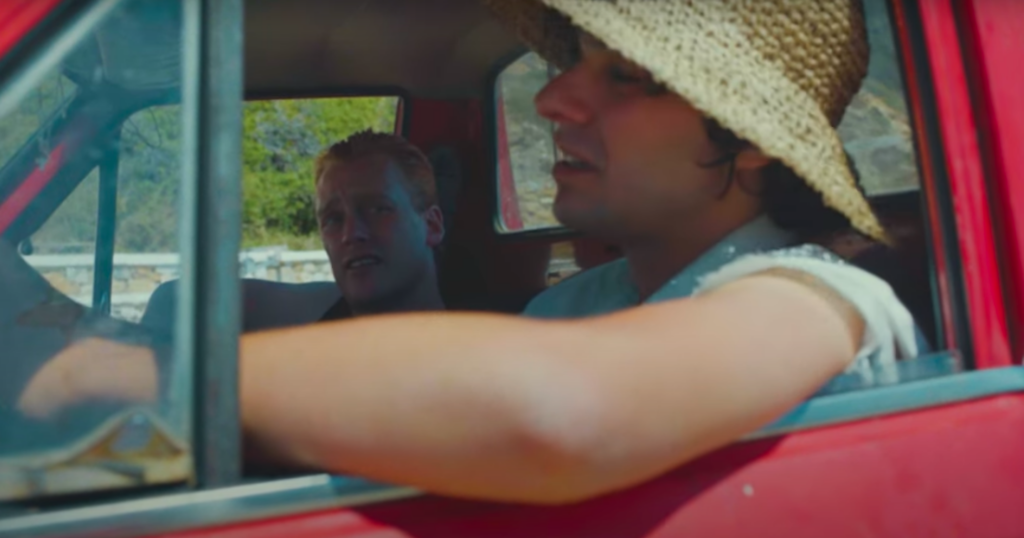
Savage said that with the musicals he’s written in the past, his process is to first begin with demos that don’t have lyrics save for maybe a hook or two and those with ambiguous concepts. In some cases even taking an old song and changing the lyrics to fit the story.
Then I write a story separately and I’ll just think, ‘okay, I wanna have a song here, a song here.’ Take however many songs and divide it up and then take a look at the story and see where I can fit songs in. Maybe this demo would work here and so on, that’s how I’ve been doing it typically for the last few.
ARTLOFT: Would you say the subtext of the film is adventure vs. sense of home? That was what I sort of took away from it.
It’s a bit ambiguous and I’m not really supposed to fully say, because like, poetry…
ARTLOFT: You want to keep them guessing?
No, it’s just that poetry is communicating what language cannot on its own. That’s the definition of poetry to me. And so poetry with music and in a musical, there’s a level of ambiguity that is open to symbolic interpretation and projection.
Savage went on to say that he thinks the film is somewhat about “staying true to your roots.” They’re a plumber on an island and it’s about change and time and the timelessness. It’s about patience and insecurity and stability and temptation. I think the Plumber represents, for me, my youthful artistry and the roots of my artistry.
He then broke down what the other characters are metaphors for. Associating the character of the Brother with the notion of comparison.
Comparing yourself with the expectations in life that you build as you get a bit older.
Finally, the character of the Devil, played by a masked Savage, represents the insecurity inside the Plumber’s head.
The Plumber’s own insecurities, doubts and negativity. It’s reinforcement poetry in a way.
ARTLOFT: How is the vocation of a plumber analogous to your early work as an artist? Why a plumber as opposed to another job?
Well it’s not totally autobiographical, only symbolically. It’s just relatable. It’s something that most artists and people who are passionate about things can project onto.
For Savage, the location of the film was paramount. In fact the film was written for the location itself after he began ruminating on the concept of islands themselves during a period when he was doing some “fantasy work on a fantasy musical.”
I like fantasy work visually and aesthetically and poetically. I’m really into messages and principles and symbolic ideas. So to make this a fantasy was just a natural result.
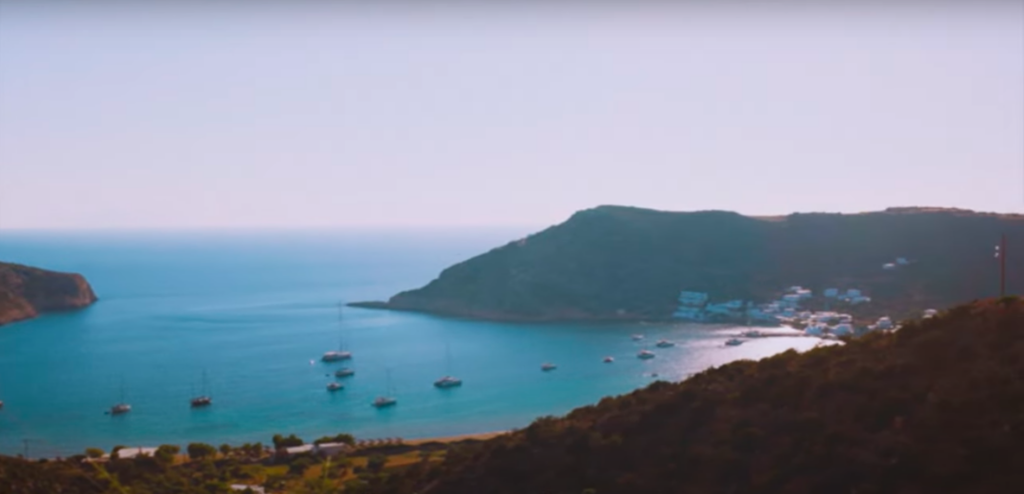
ARTLOFT: How and why did you first go to Sifnos?
I started going to Greece a lot around six years ago and I go every year while on tour. I do a lot of touring for my singing in Europe. So once I’m here it’s not as far. This year I was in eastern Europe, Bulgaria, Slovakia, Romania and Dimitris Rokos is my friend who helped me film and produce.
ARTLOFT: What did you shoot on?
It was digital, we rented some camera equipment.
ARTLOFT: I was expecting it to be in black and white from the trailer?
The first version is black and white and mainly because there wasn’t enough time to succeed with the colour, to get it right. We were running out of time and money. So we just made the call to make it black and white, and I like black and white. But it was intended to be in colour for the ocean and the landscape there. Absolutely meant to be shot in colour.
ARTLOFT: And you play the devil, or the embodiment of insecurity.
Yeah. Everyone I wrote the play for agreed to do it. If Stella had not agreed to be the lead role there was another friend that we had considered that would have made it very different. It was written for Stella. Then at one point it was looking like there was going to be no one and that I would have to play the Plumber myself, which would have changed things.
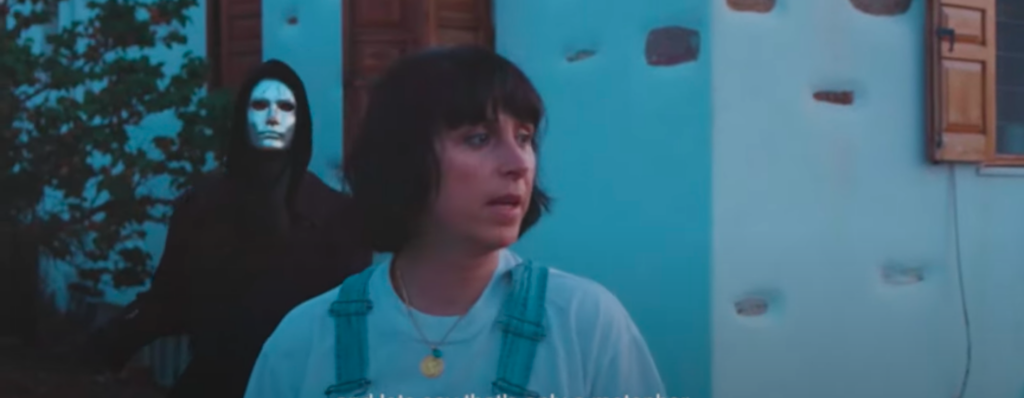
ARTLOFT: You mentioned prior to the screening that both of the actors are musicians in Greece.
Yeah, Stella’s got the most Spotify streams of any Greek artist, she’s on Sub Pop Records. Big singer. She’s the Greek Sade, that’s what I think.
ARTLOFT: Greek Sade, that’s quite an accolade…Sadeopolous.
That’s my description of her music. I don’t know if she’d like that but she has a jazz tone with her voice which I love, like Sade.
ARTLOFT: How did you meet?
Stella I met going to her concerts in Greece through Dimitris, a thing called Sonotos, through Dimitris and his bands. Johnny Labelle and I played concerts together on a few occasions. We played on that trip too, when we did the movie on Tinos. We ended a tour there and Johnny Labelle sung under a strawberry moon at the top of this island. There were cats everywhere and dogs howling and everyone in the audience was on LSD.
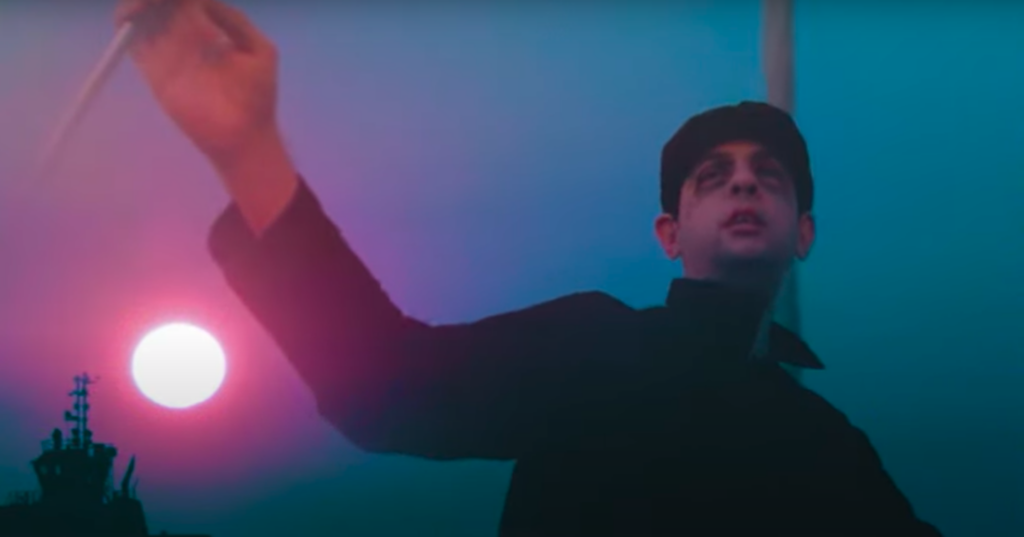
ARTLOFT: Save for you two?
I didn’t take any LSD
ARTLOFT: And you wouldn’t want to speak for Johnny Labelle.
No, Johnny doesn’t take LSD. Someone came up before the concert and said, “Are you on acid?” and I was like, “No.” And then they were like, “EV-ERY-ONES on acid.” And then there were all these cats.
ARTLOFT: Did you have to tell them, “I’m not on acid…but the cats are real.”
I mean, it was a trippy show.
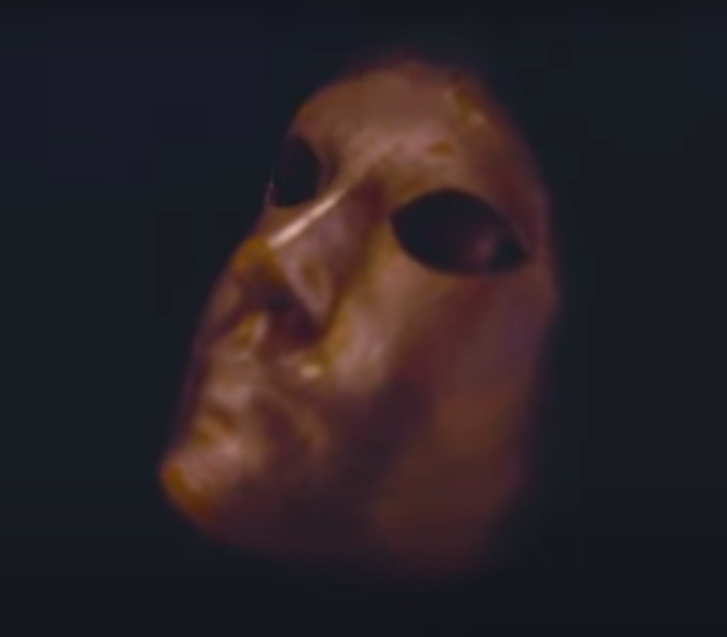
ARTLOFT: Where did you get the mask to play the devil?
I used to carry that mask in my backpack everywhere in the top of my pack so if you ever busted into my bag that mask was the first thing you saw. I used it in my play The Fear as well and I think it has a dark power and energy to it. I got it in Venice. You know the idea that you use darkness to keep away darkness. Poison to keep away poison or something like that.
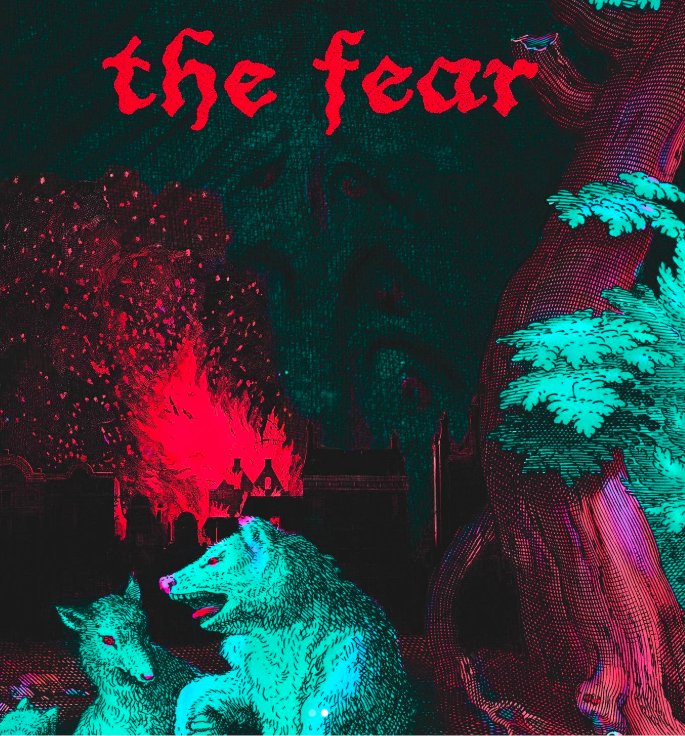
ARTLOFT: So you’ve done several plays before but this is the first film you’ve made.
Yeah, I did a play a few years ago in Montreal called Please Thrill Me with a big production and everything and then I did a smaller play that was a one-person show that was called The Fear. It was like a noir, shadow-play all behind curtains, it’s a musical too. They were both musicals and I’ve done that one (The Fear) in Berlin, Los Angeles and New York.
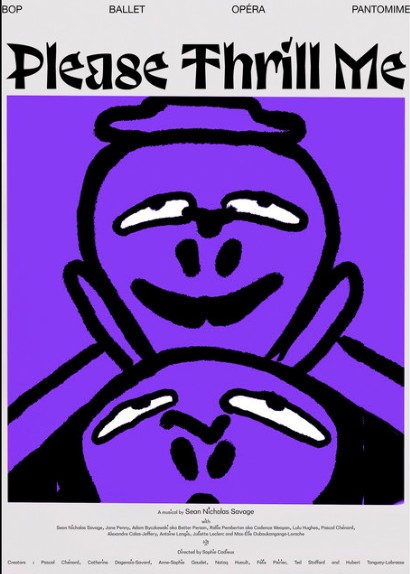
ARTLOFT: I’ve also seen some of your music videos which I really enjoyed, how involved are you with that?
I’m always involved with that. I usually do them quite cheap.
ARTLOFT: Well they look good, you can’t tell.
Really?
ARTLOFT: So you’re working on a new album now, tell me about that. What can people expect? When is it coming out?
I’m looking for a label for it. Switching it up this time.
ARTLOFT: Really, not going with Arbutus this time? That would be your first time not with them, right?
First time. Well that’s the thing is I’ve done many, many albums with that label. I love that label. It’s still my family and I still work with the management there. But it’s a different album, did it with a producer, my good friend Pascal Chenard. We had been meaning to make a poppy album together for a long time. I’m really excited about it. It’s called The Knowing. I haven’t talked to anyone publicly about it so that’s cool. That’s the scoop.
ARTLOFT: Release date pending a label?
I hope to get it out next year (2025). It’s fully new songs and some of the best songs I think I ever wrote.
ARTLOFT: I noticed with Shine, which I’ve really been enjoying, and even with Life Is Crazy before that, a bit more of a stripped down sound than say, Other Death or earlier work. Is it more in that vein?
Yeah, I just listen to a lot of music that is pretty minimal or stripped down. When I was younger it was different but I just don’t like to be in the box too much or make too many players when the players aren’t there. A lot of what matters to me is composition and lyrics and the vocal performance.
ARTLOFT: You want to present a more distilled version of yourself.
There’s a lot of people making a lot of content so I just try and spell out my work in a way where I only give what I want people to listen to, not keeping the other elements. If you want to have really good beats and this and that you can go somewhere else. There’s better beats, I don’t make the best beats. But I got my poetry and nobody else does that, and my singing. People are like, ‘if you made it a little more like this, it might fit into all that other stuff.’ But that’s what I’m doing. I don’t make elevator music. I love elevator music but it’s not what I do with my time because I’m not good at it. I’m not really so much a musician as I am a poet, an artist and a singer.
ARTLOFT: More of Leonard Cohen type, the lyrics are the most pronounced part of your presentation. How was it working with DeMarco on Shine?
Yeah he produced the last one. He’s in a really great place in his life. He’s become a real sage and that’s just what I needed at that time. I felt so comfortable with him. I’d said ‘no more producers’ and then I did it with him but he was more of an engineer. We would listen to the mixes outside in his backyard and stuff. It was really chill. We didn’t have much time but it felt like there was a lot because he’s so laid back. We were doing nothing else during the day and at night. We did nothing else but work on the album for two weeks and we did it from pretty early in the morning until late at night. He fully committed himself to it and he was mostly an engineer. It’s a very minimal album, there’s not much to it. It’s the same sound every song so we talked a lot and we hung out and listened to the music. It was really, really nice and I think you can hear that on that album. It was a really nice experience. He really did it, he’s an amazing artist.
ARTLOFT: It’s often the last album I’ll put on at my place when I have a party and it’s getting early in the morning.
Time to go. It’s sleepy.
ARTLOFT: It’s interesting to me that he produced it because he’s how I found out about you. I saw an interview with him from years back when he was living in Montreal and he talked about you, singing your praises.
He really has his own lore and I think that I’m part of that and he’s really been supportive of that and of course he’s been a big part of my life as well. He’s one of my good friends. I love Mac, weird guy.
ARTLOFT: I believe it.
In a good way, in a good way.
ARTLOFT: Well thanks a lot for doing this.
Savage was then called upon by friends and fans who attended the screening to stroll up St. Laurent Blvd. to the Le Plongeoir, where the after party was taking place.
I pulled out my little point and shoot and snapped a photo of him leaning against a street lamp post, which I’ve since lost track of among the sea of rolls that now jam up the drawer of my bedside nightstand.
I will be sure to include the photo once developed.
The last thing I heard him say heading up the street was hollered at to the fleeting crowd was, “I’m coming to sing. I wanna sing Hero by Enrique Iglesias”
The film will also be screened at the EL CID in Los Angeles on Feb. 4th and in Berlin at Tennis Bar Feb. 16th.
